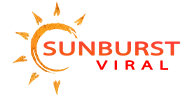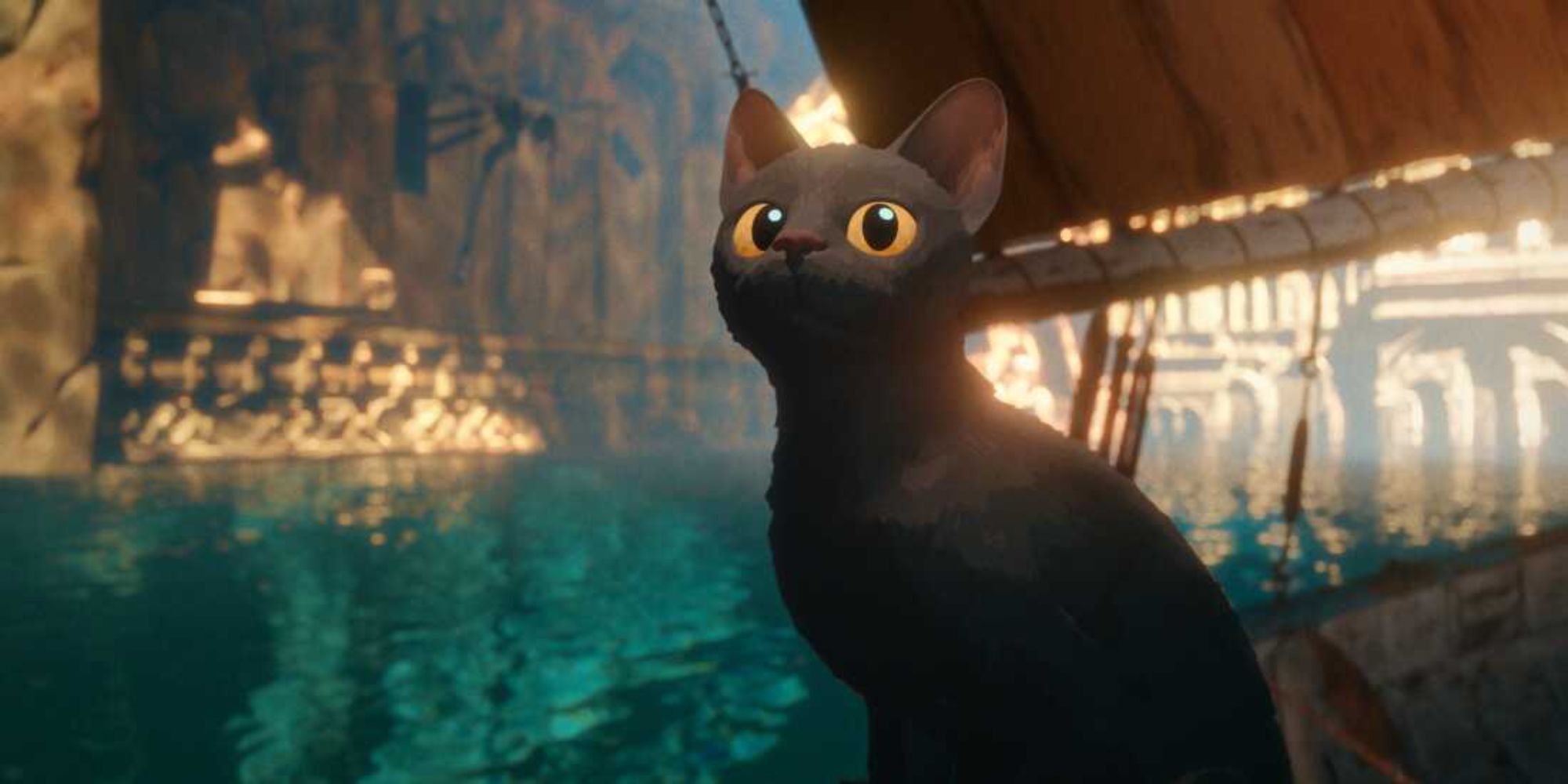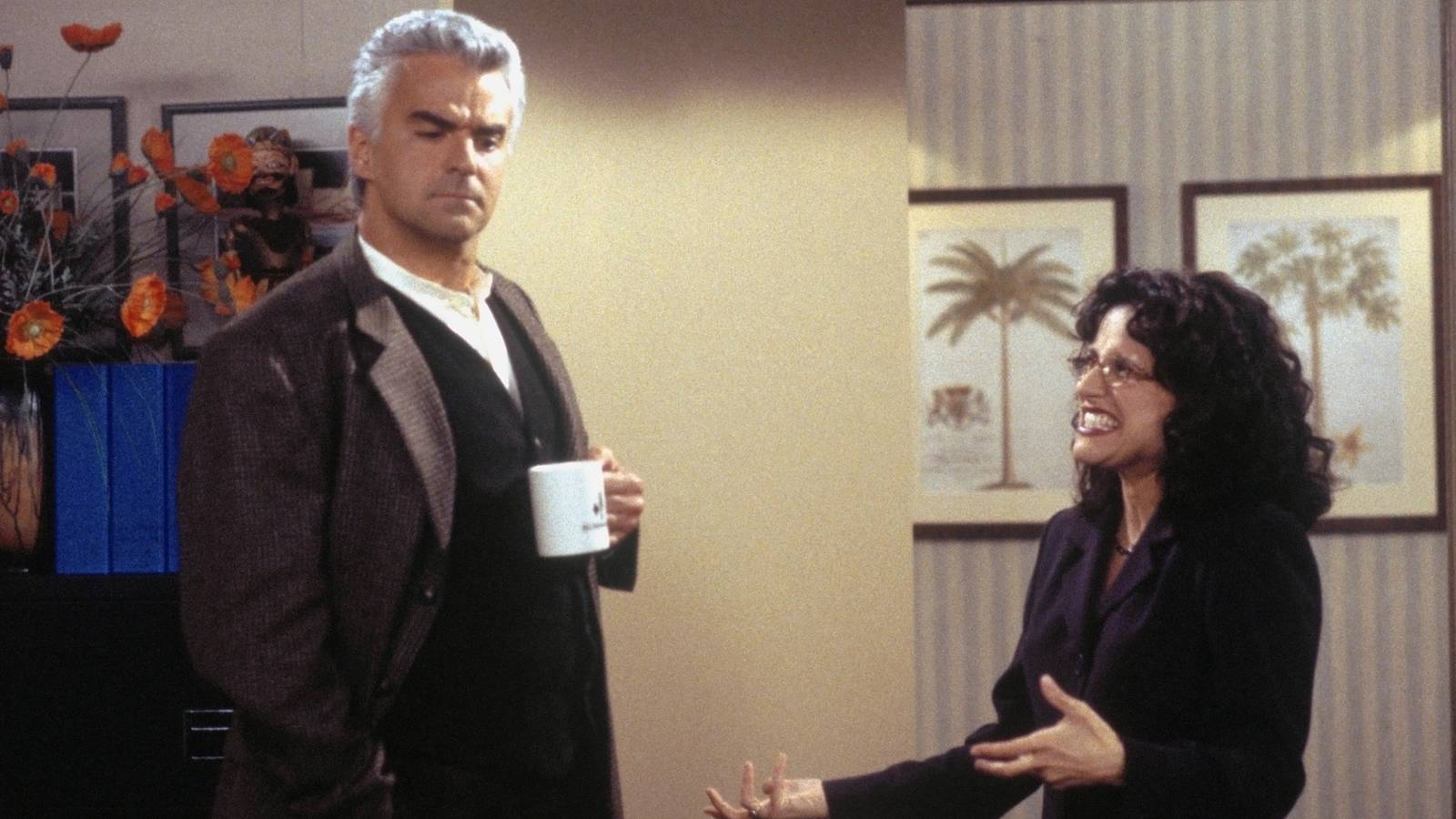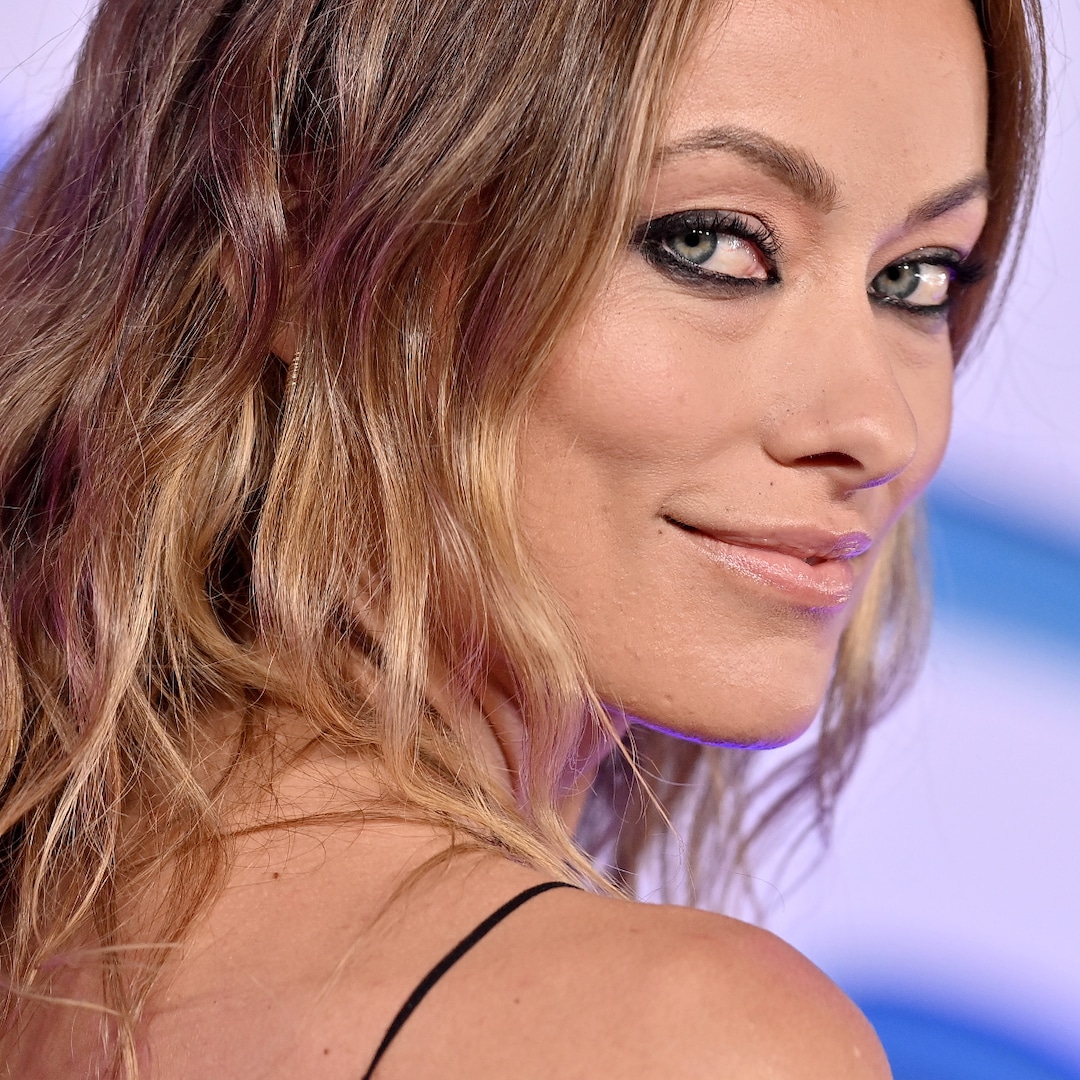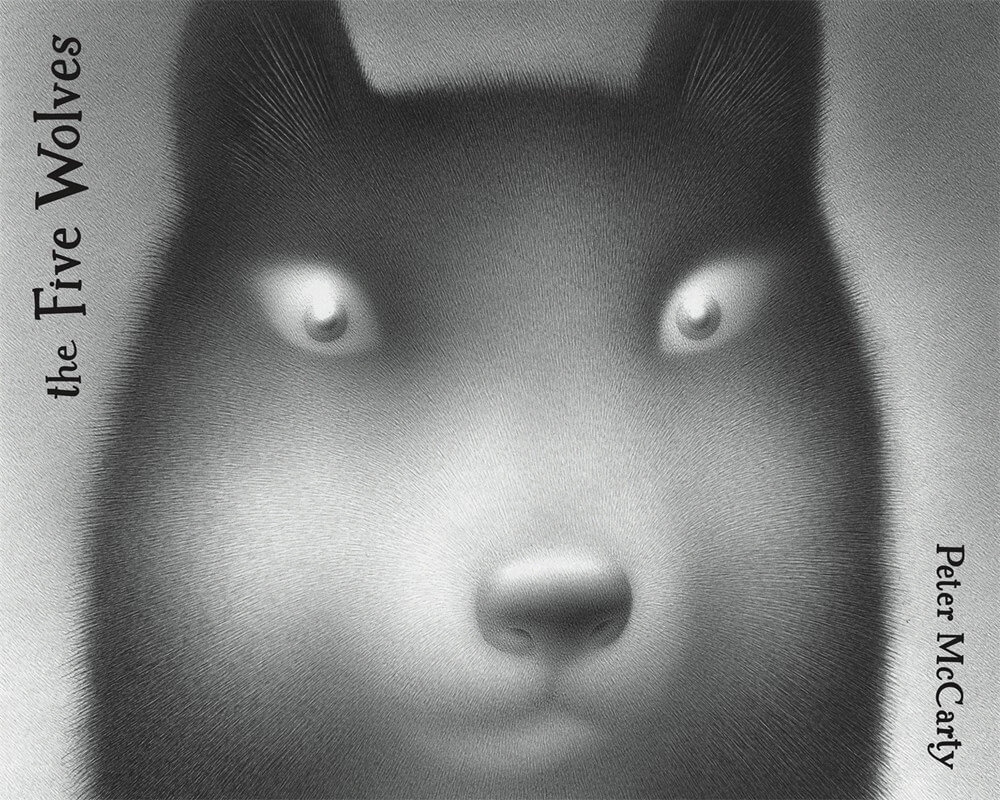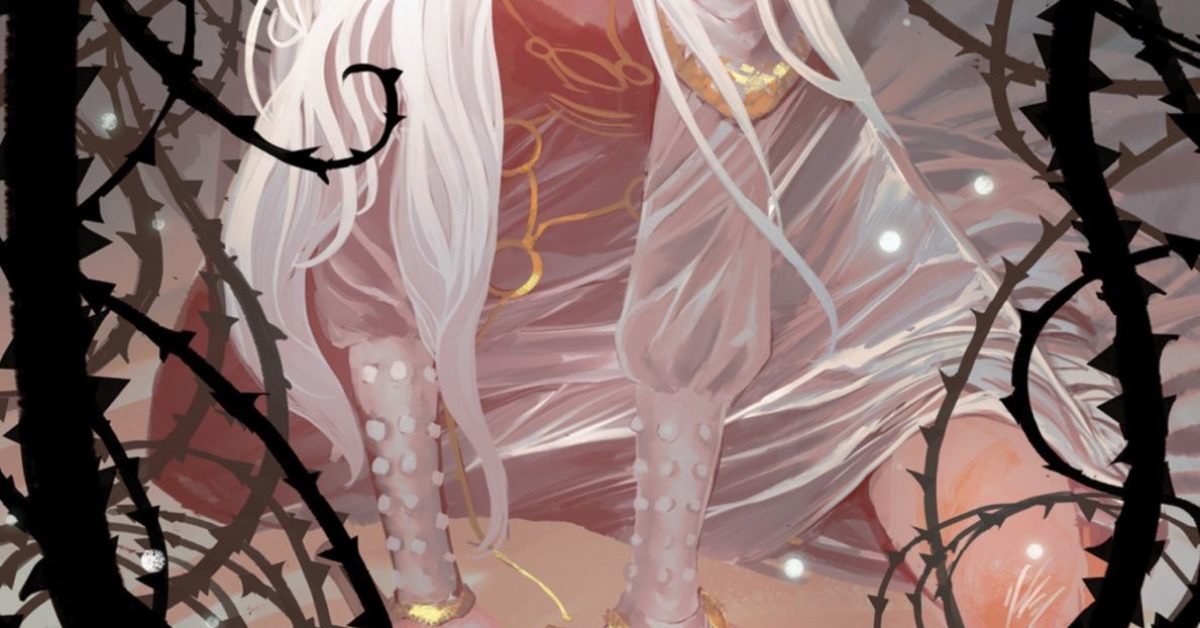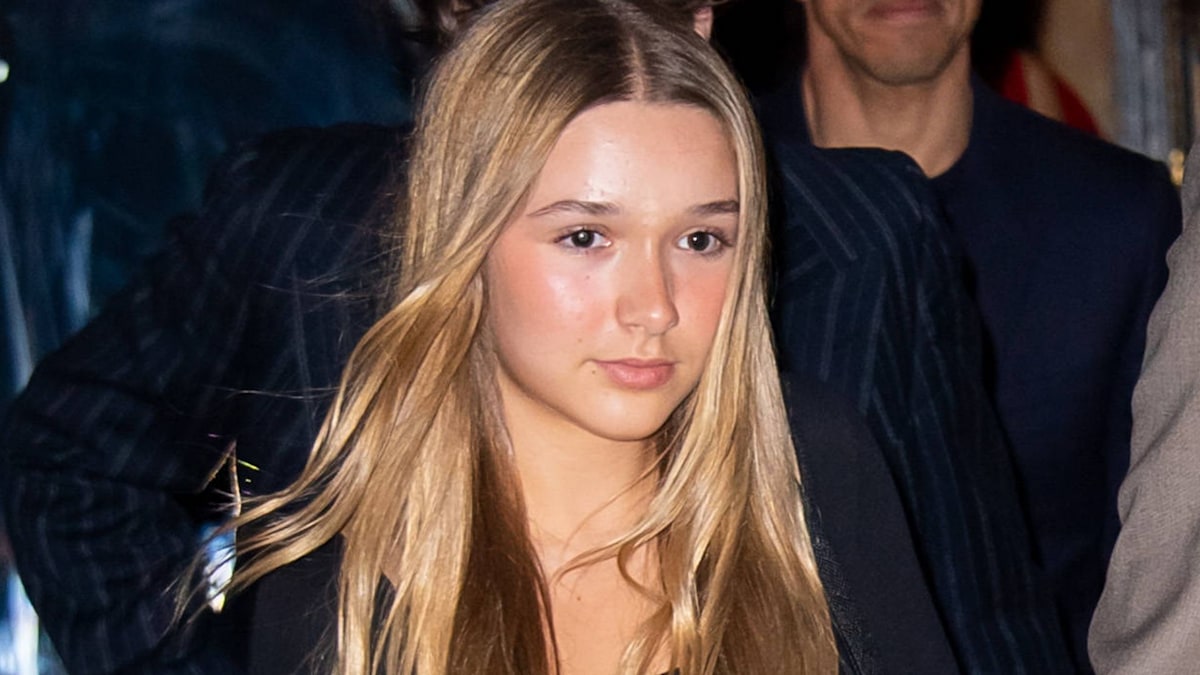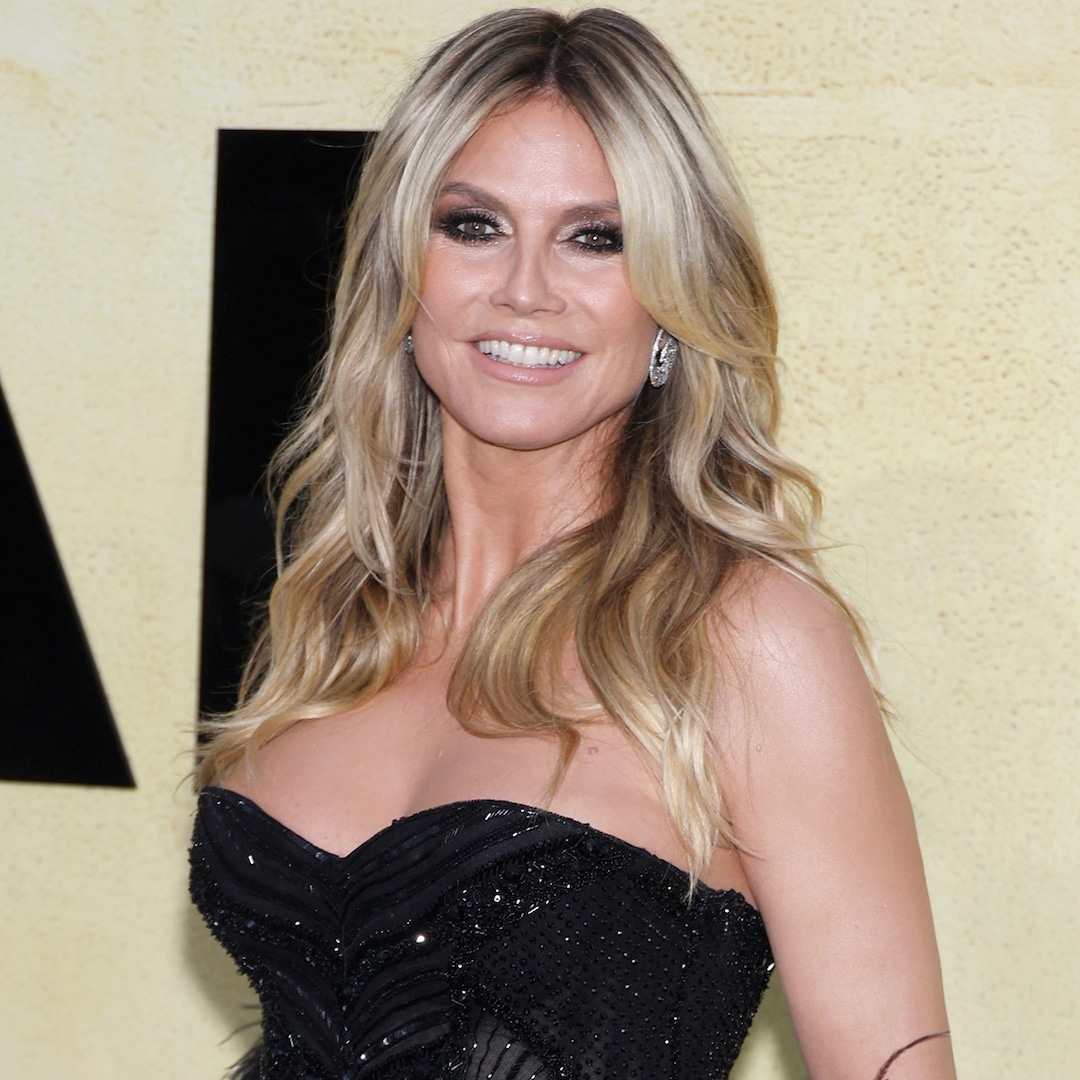Some of the best films are made on a small budget, and for the Latvian animator Gints Zilbalodis, money did not equate to creative freedom. This is precisely the mindset that led the director and his independent team at Dream Well Studio to create the Oscar-winning animation Flow. With a budget of only 3.5 million euros, the mesmerizing adventure film upstaged big studio titles like Disney Pixar’s Inside Out 2 and DreamWorks’ The Wild Robot, but it’s even more remarkable that Flow was made using the free and open-source software Blender.
In a historic win for Latvian cinema, Flow broke animation standards in more ways than one despite existing in a grueling industry that favors trends. According to Zilbalodis’ exclusive interview with Blender, it took over five years to develop, fund, and write Flow after switching from the program Maya for his previous animation, Away. With its gorgeous visuals and emotionally humanistic storyline, Flow has proven that high-quality filmmaking doesn’t require multi-million-dollar budgets or traditional tools. All you need is a passion for expression.
‘Flow’ Broke the Mold of Industry Animation by Using Free Software
Written by Gints Zilbalodis and Matīss Kaža, Flow is essentially a story that follows a lone black cat who becomes stranded in a flooded post-apocalyptic world on a raft, reluctantly joining a group of animals as they navigate survival, trust, and friendship—all without speaking a word. This sounds like a major production to animate, yet Zilbalodis chose an unconventional approach when tackling Flow. The script evolved several times before the final version was settled on. At this point, the director stated to Cartoon Brew that he opted not to read the script again and solely relied on memory when making the film’s animatic.
Mainly used by indie animators and freelancers, Blender hasn’t been an industry go-to software. However, blockbuster films like Spider-Man 2, Captain America: The Winter Soldier, and the Oscar-nominated animation The Secret of Kells have used the program for pre-visualization and promotional work. In Zilbalodis’ case, Blender’s real-time render EEVEE attracted the Latvian writer-director, who favors speed and seamless workflow. He says:
“I like to work on multiple aspects at the same time…when setting up the camera, I also need lights in place because lighting influences camera placement and how the scene looks. That’s why EEVEE was so appealing to me.”
Another key advantage of Blender is its flexibility, as Zilbalodis could fully customize his story, integrating keyboard shortcuts that eliminated frustration. EEVEE is also known for its fast file opening speed; this way, the animator could directly place animal characters into scenes and explore them with the camera, fostering an organic storytelling process. When compared to the expensive and rigid workflows in Autodesk Maya or Pixar’s RenderMan, this level of freedom is often unavailable. More notably, Zilbalodis praised Blender’s accessible tutorials for new learners and credits the online resources as a key part of his team’s smooth transition into the program. With water being such a huge part of Flow, the director brought in R&D Mārtiņš Upītis to develop water simulations. Upītis did research through YouTube and implemented his findings by making a personalized add-on for water effects, per Blender. These small but simple benefits of a free program emphasize that imagination has no limits.
‘Flow’s Absence of Dialogue Enriches the Story’s Visual and Emotional Impact
One of the most breathtaking elements of Flow is its lack of spoken dialogue. The indie film excels with evocative foley, hypnotizing music, and the expressive animation of its animal characters to convey human emotions and narrative. By stripping away verbal communication, Flow emphasizes the universality of its themes—loneliness, survival, and companionship—which resonated with audiences worldwide. Gints Zilbalodis sought to animate what was easy and avoided complex effects that most moviegoers overlook. The Dream Well Studio team went for a naturalism approach rather than realism—studying their own pets and went on trips to the zoo to observe how animals interact. Thus, the black cat communicates entirely through movement. Its cautious steps, hesitant glances, and body language speak volumes—from fear and curiosity to trust and resilience. The same applies to the golden retriever, capybara, lemur, and secretary bird, each expressing their personalities through subtle gestures. This method of storytelling brilliantly mirrors the natural world, where animals rely on physical cues and instincts, not words.
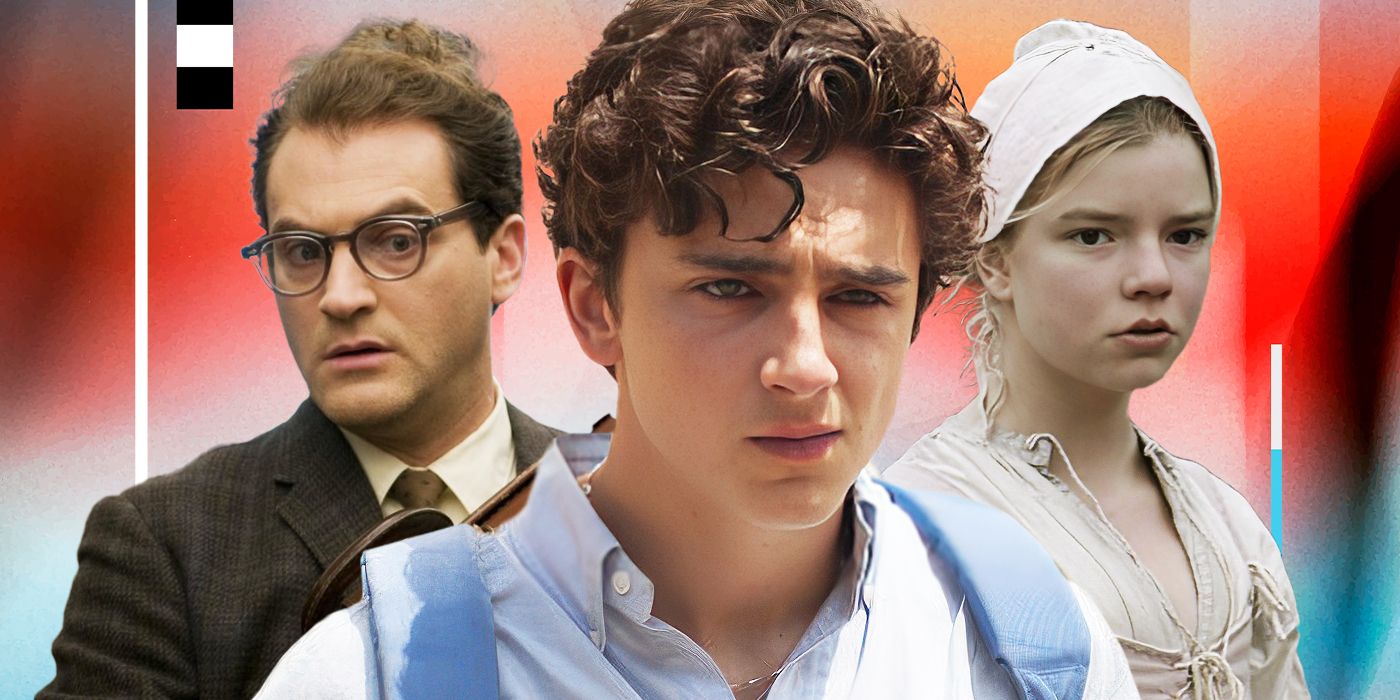
Related
The 10 Best Indie Movies With Great Acting, Ranked
“I’m sick, aren’t I?”
Additionally, sound plays a crucial role in shaping Flow’s world. The animation’s richly immersive soundscape captures the rhythm of nature—water gently lapping against the raft, the distant call of birds, the rustling of fur as the animals move. Every sound is deliberately placed to guide the audience’s emotions and perception of the unfolding journey. “Some of my favorite films take this approach. They don’t need an epic scope to be powerful,” Zilbalodis states to Blender, “Storytelling offers infinite possibilities, but sometimes constraints can be beneficial. For example, deciding to use only four characters and a handful of locations can lead to stronger creative choices.”
The success of Flow has sparked renewed interest in Blender as a professional animation program. It has also encouraged more independent animators to explore open-source software, with Disney’s Amphibia Matt Braly boasting on X, “…this is what the industry needs to see right now, it’s not about money it’s about passion and ingenuity.” With advancements in real-time rendering and AI-driven animation tools, the future looks bright for filmmakers who, like Zilbalodis, dare to push creative boundaries without following the crowd.
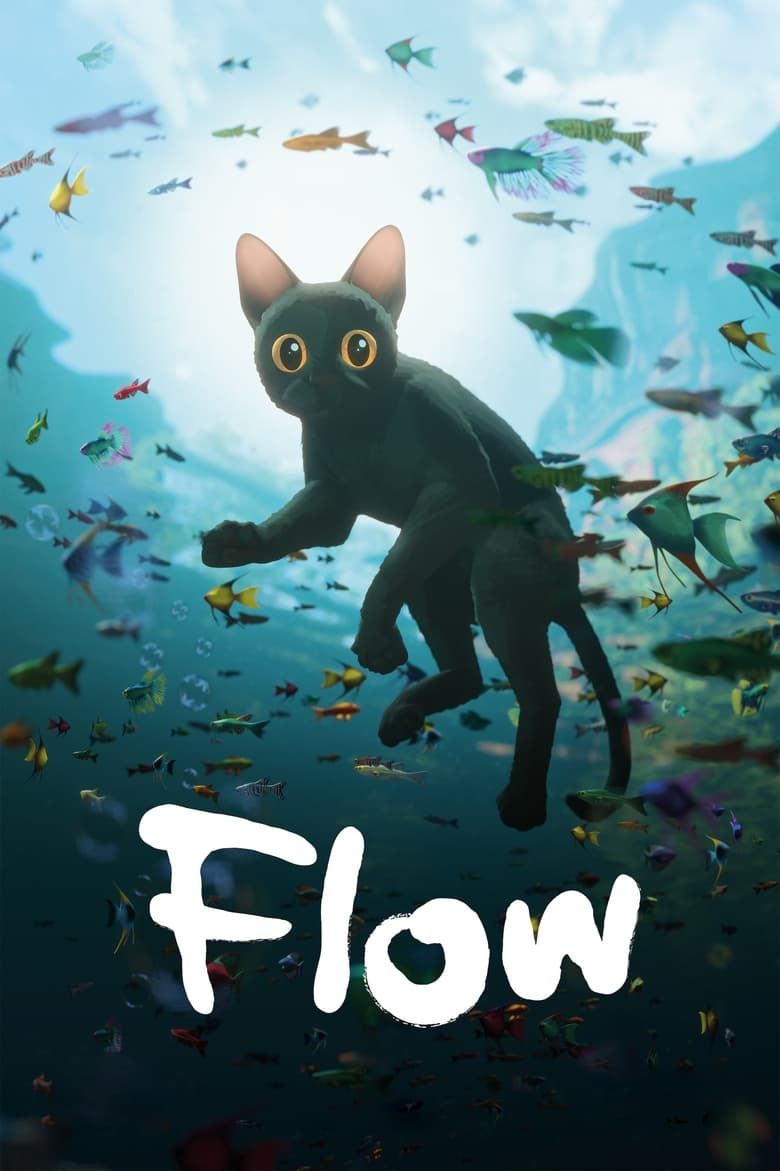
Flow
- Release Date
-
August 30, 2024
- Runtime
-
84 minutes
- Director
-
Gints Zilbalodis
- Writers
-
Gints Zilbalodis, Matiss Kaza
- Producers
-
Ron Dyens, Matīss Kaža
